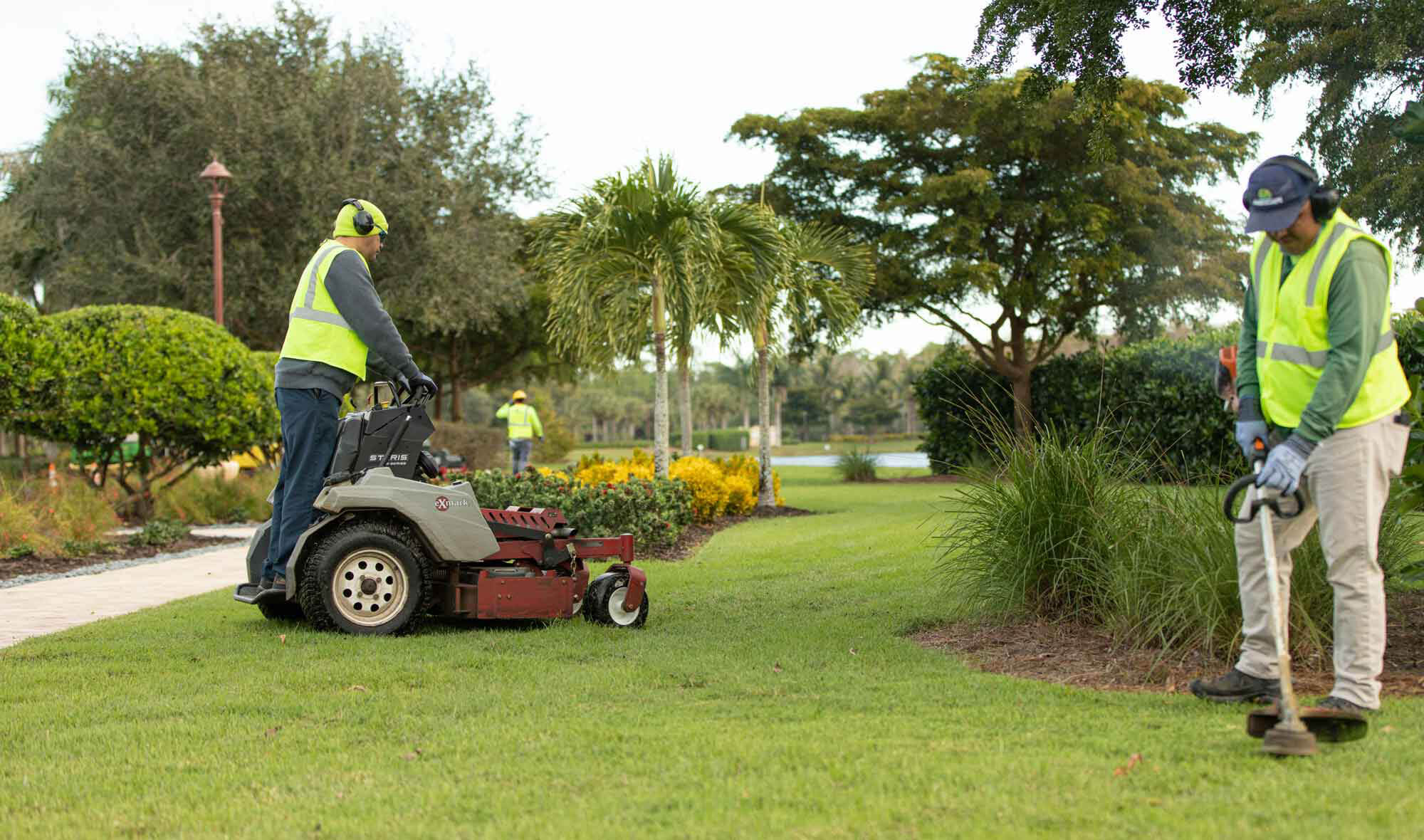Due to the numerous benefits both drip and micro sprinkler irrigation systems provide, micro irrigation is one of the most popular watering techniques. The main benefits of micro irrigation are its high effectiveness, low cost, and low maintenance requirements. Additionally, micro irrigation systems are frequently utilized to reduce wasteful use of water, electricity, and fertilizers, preventing waste and boosting crop output. Sprinkler and drip irrigation only feed the plants with a necessary amount of water often but at precise intervals, which is enough for plant growth.
The market worth of the micro irrigation systems market in 2021 was USD 10.29 billion, and by 2030, it will reach USD 30.26 billion at a 12.73% CAGR during 2021-2030.
The market for micro irrigation systems will increase quickly due to the continued trend of higher adoption of micro irrigation technology in water-scarce regions of developed countries. Due to the growing demand to boost crop productivity while using less water, government incentives for the use of micro irrigation systems, and technological advancements in irrigation, the market for micro irrigation systems has experienced continuous expansion.
Market Dynamics
Drivers
Farmers’ increasing understanding of the advantages of micro irrigation systems is primarily driving market expansion. Due to the expanding worry over water shortages and the increasing need to increase crop productivity, these systems are becoming more popular on the market. The world population is projected to rise by 2 billion in the next 30 years, from 7.7 billion today to 9.7 billion in 2050. As a result of the world’s overpopulation and the resulting demand for food, the market for micro irrigation systems will grow during the forecast period.
Restraints
Due to its high initial investment cost, micro irrigation is less appropriate for low-value crops, which lowers investment returns. A drawback to micro-irrigation is the price of purchasing tubing, emitters, and pumps, particularly for large-scale operations.
Opportunities
In recent years, a number of global food firms have taken action to market their products as being produced sustainably. This is a distinctive quality of the finished goods that have proven profitable for companies and grown their market share. Micro irrigation systems are one of the most crucial ways for these businesses to guarantee that their raw materials are ecologically friendly. By limiting the amount of water that crops use, micro irrigation systems prevent environmental deterioration and the depletion of the water table. The market for micro irrigation systems has enormous growth potential because the largest agricultural and food companies operate on a large scale.
Market Segmentation
- By type, the micro-sprinkler segment led the market in terms of revenue in 2020 and will experience the highest CAGR throughout the forecast period.
However, Drip irrigation is the most cutting-edge technology with a variety of uses.
- The orchard crops and vineyards held the largest market in 2020 on the basis of crop type. Furthermore, micro-irrigation is likely the most effective type of irrigation for vineyards because there is little runoff and evaporation. To meet the needs of the grapevine, irrigation schedules can be carefully controlled, increasing fruit yield and quality. With the use of emitters that are evenly spaced along the tubing, water is delivered uniformly to each plant. The age of the vines and the soil quality affect the flow rate and distance of the emission device.
- In terms of end-users, farmers segment ruled the market in 2020. Technology advancements in micro-irrigation have raised agricultural output in a way that isn’t just beneficial to large end users like businesses. Numerous small- and medium-sized farmers in Africa, Asia, and the Middle East rely on agricultural techniques as their main source of income.
Regional Insights
Asia-Pacific is leading the regional market for micro irrigation systems market. This is primarily because the Asia Pacific is an agricultural region, with crop production providing the majority of its income. The region has experienced such huge growth due to rising government incentives for the use of micro irrigation systems.
Due to the significant strengthening of the green revolution in nations like Israel, thanks to micro and mechanized irrigation systems, the MEA region is also experiencing a tremendous industry expansion. Large arable areas make the construction of micro and mechanical irrigation systems more cost-effective and profitable.
Key Players
- Rain Bird Corporation,
- Hunter Industries,
- Netafim Ltd.,
- Jain Irrigation Systems Ltd.,
- RivulisIrrigation.,
- Lindsay Corporation,
- The Toro Company,
- Nelson Irrigation,
- Valmont Industries, Inc.,
- T-L Irrigation Co.
The market worth of the micro irrigation systems market in 2021 was USD 10.29 billion, and by 2030 it will reach USD 30.26 billion at a 12.73% CAGR during 2021-2030. The main factors driving market expansion are anticipated to be the rising population worldwide and the demand for food, particularly in developing countries in Asia Pacific and Latin America. Additionally, the demand for these systems is further driven by the growing need for water conservation, particularly in dry locations.


